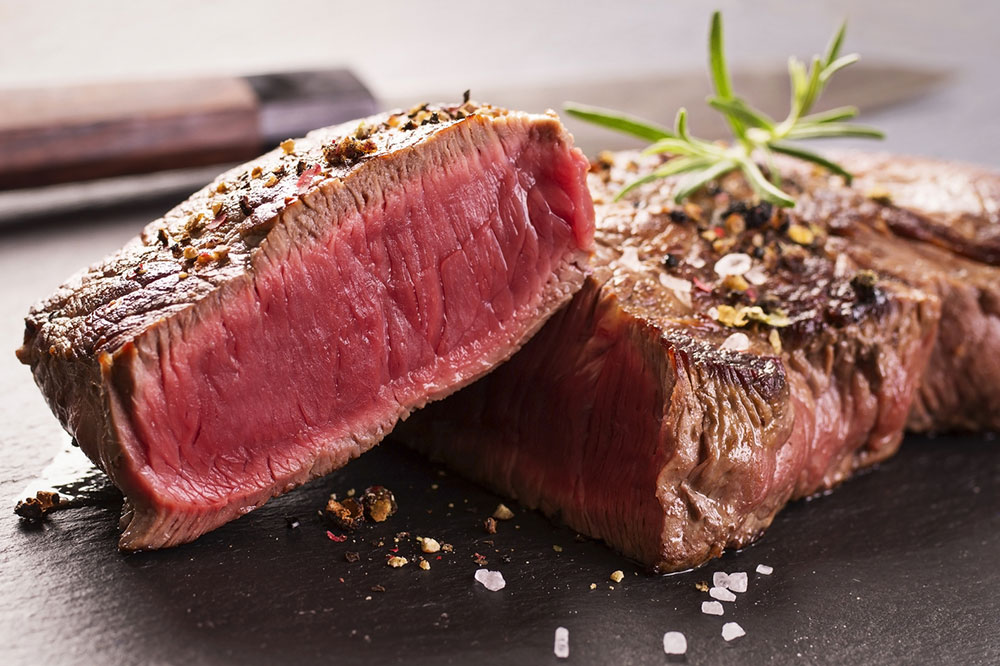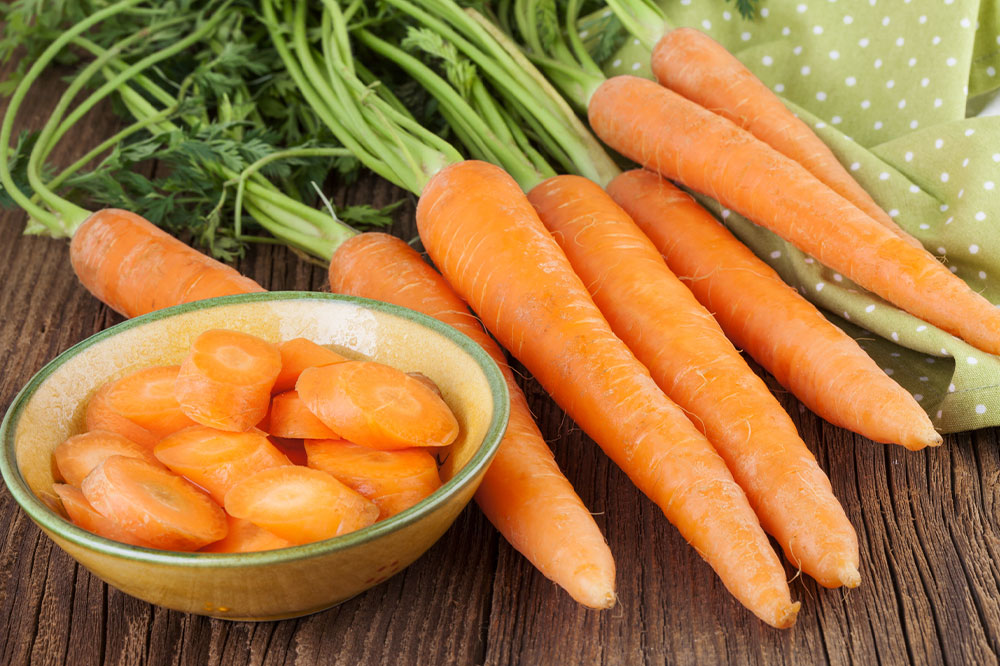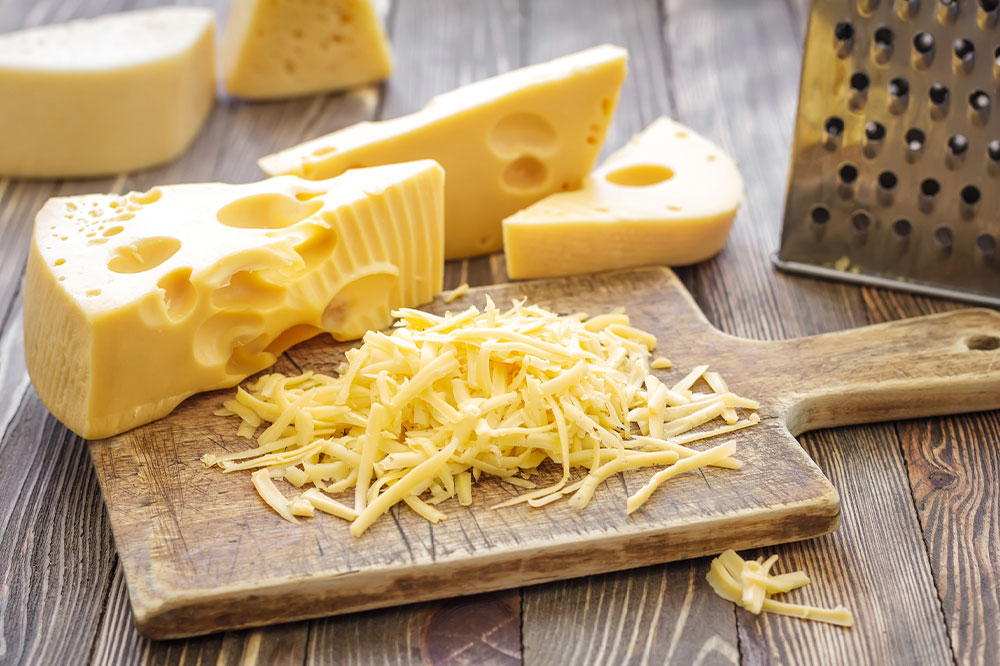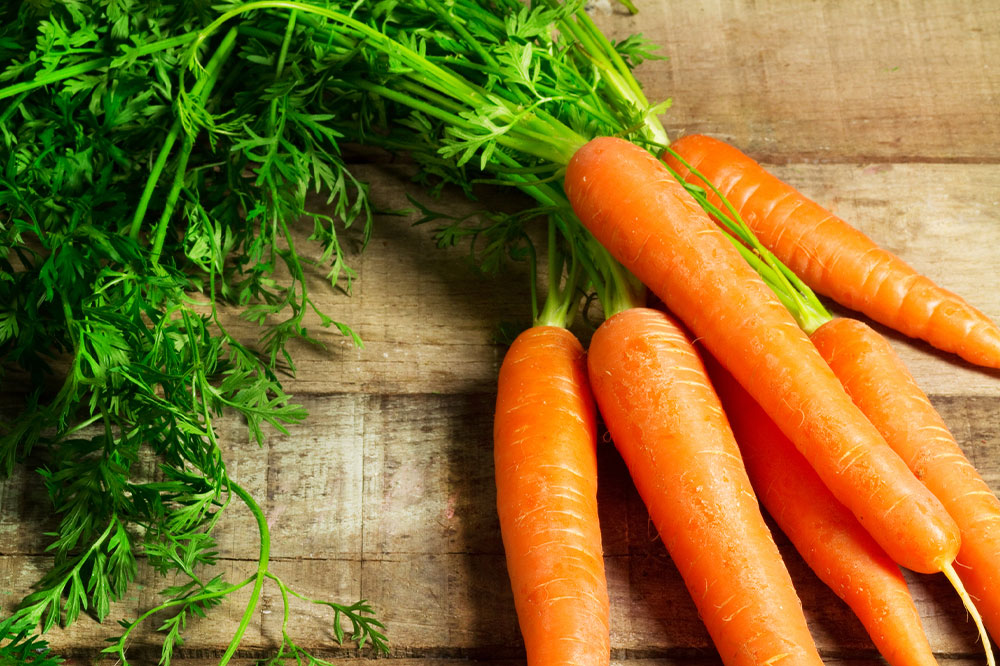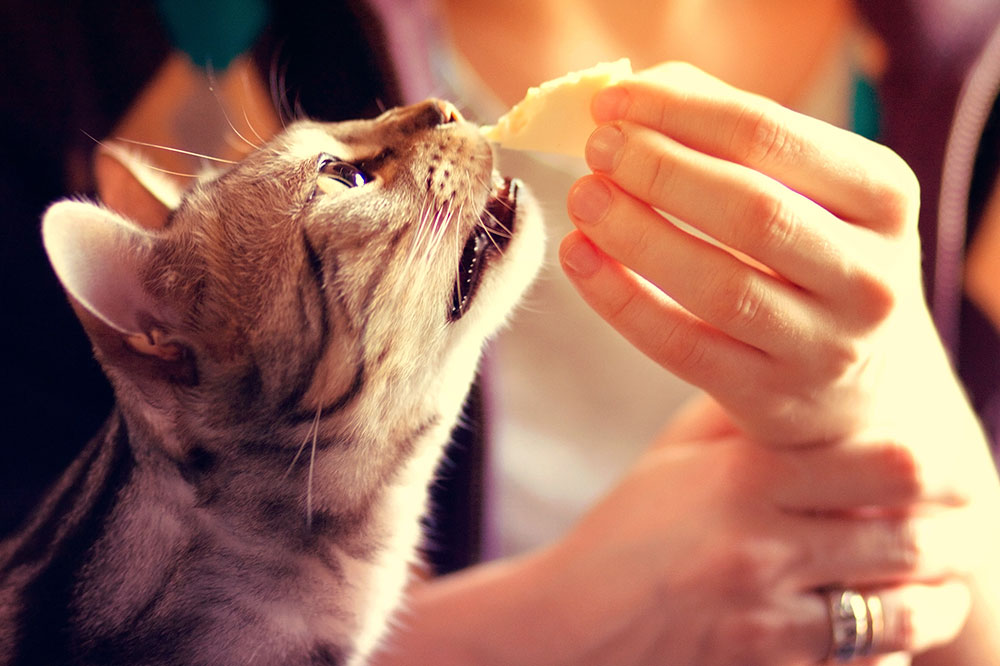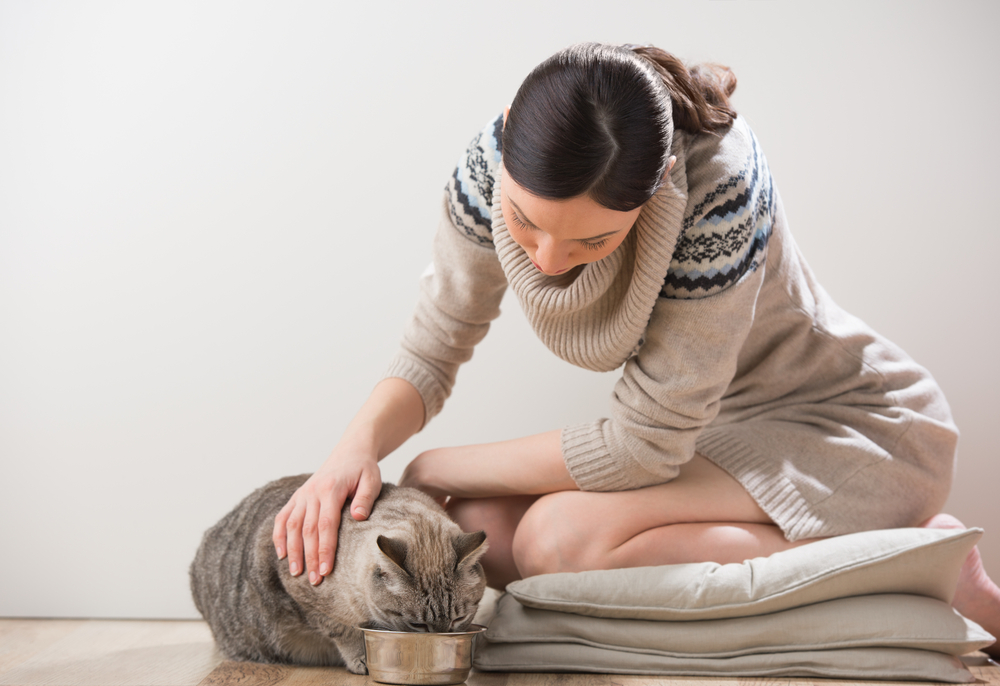Safe Human Foods Suitable for Cats
Discover safe and nutritious human foods that you can occasionally share with your feline friends. Learn which fruits, vegetables, meats, and grains are safe for cats and how to serve them properly. This guide emphasizes moderation and proper preparation to keep your cat healthy while adding variety to their diet.
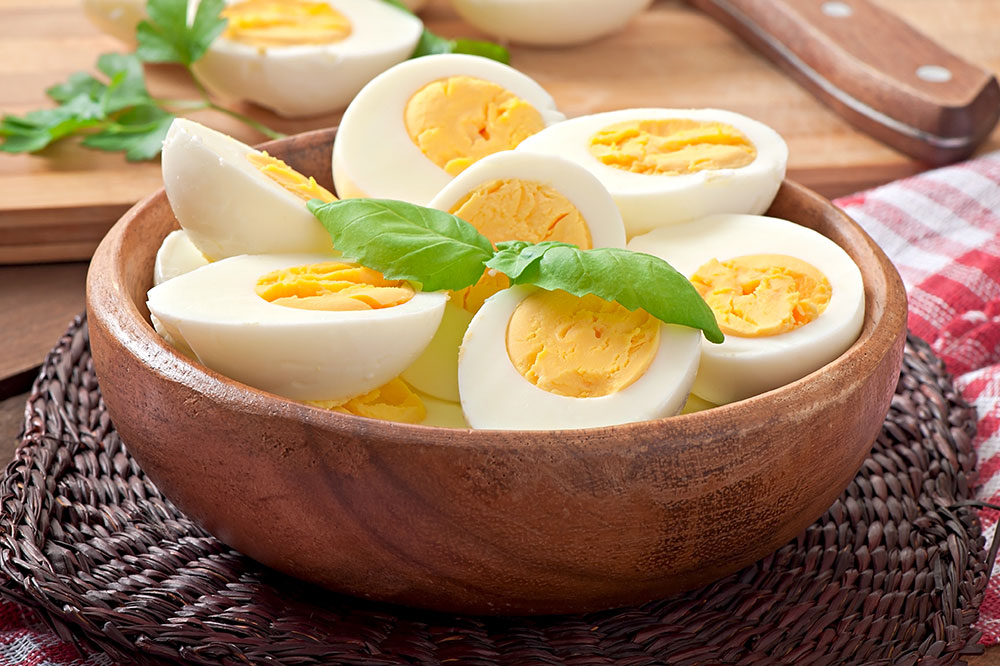
Safe Human Foods Suitable for Cats
Cats are selective eaters, which is why brands develop specific foods that meet feline nutritional needs. However, some human foods can be safely given to cats in moderation and can add variety to their diet. Preparing these foods at home is quick and ensures you're serving wholesome, homemade treats rather than relying solely on commercial cat food. Here are some options to consider:
Eggs
Eggs contain essential nutrients beneficial for both humans and cats. They are a common ingredient in many cat foods, both wet and dry. Ensure eggs are cooked and served plain to avoid health risks. Lightly boiled or scrambled eggs without seasoning are safe as an occasional treat.
Fruits and Vegetables
Many fruits and vegetables we enjoy are safe for cats. Cooked spinach is rich in iron, calcium, and vitamins A, C, and E. Pumpkin is low in calories and high in fiber. Cats can also indulge in small portions of banana slices, apples, blueberries, strawberries, pears, watermelon, and cantaloupe. Make sure these are served in moderation.
White Meat
Chicken and turkey are excellent sources of lean protein that are safe for cats. Serve only thoroughly cooked, plain meat in small quantities to help them adapt to new foods gradually. Occasional servings of bacon or ham are acceptable as treats.
Salmon
Cats love fish, especially salmon, which is rich in high-quality protein and omega-3 fatty acids vital for immune health and digestion. Always cook salmon thoroughly—baked, broiled, or grilled—without seasoning. Never feed raw fish to kittens.
Whole Grains
While cats are obligate carnivores, small amounts of grains can be introduced cautiously. Offer tiny servings like wheat bread, oatmeal (without excess milk or sugar), or cooked millet. Brown rice is a fiber-rich alternative that aids digestion. Introduce grains gradually to see how your cat tolerates them.
Disclaimer:
Our blog provides diverse information; however, it shouldn't replace professional veterinary advice. Always consult your vet before introducing new foods to your cat's diet. The content is meant for informational purposes only, and the website isn't responsible for any discrepancies or health issues arising from home-feeding practices. Keep in mind that specific diets or commercial products might better suit your pet's individual needs.

